Time: 2025-06-22 13:53:27 Source: Henan Province Jianyun Cable Co., Ltd.
Choosing between cable trays and conduits for large installations significantly impacts cost, installation efficiency, safety, and maintenance. Cable trays are open structures that support multiple cables, while conduits are enclosed raceways offering enhanced protection. This analysis evaluates their suitability for large-scale projects in industries such as industrial plants, data centers, and chemical facilities, focusing on key performance factors as of June 22, 2025.
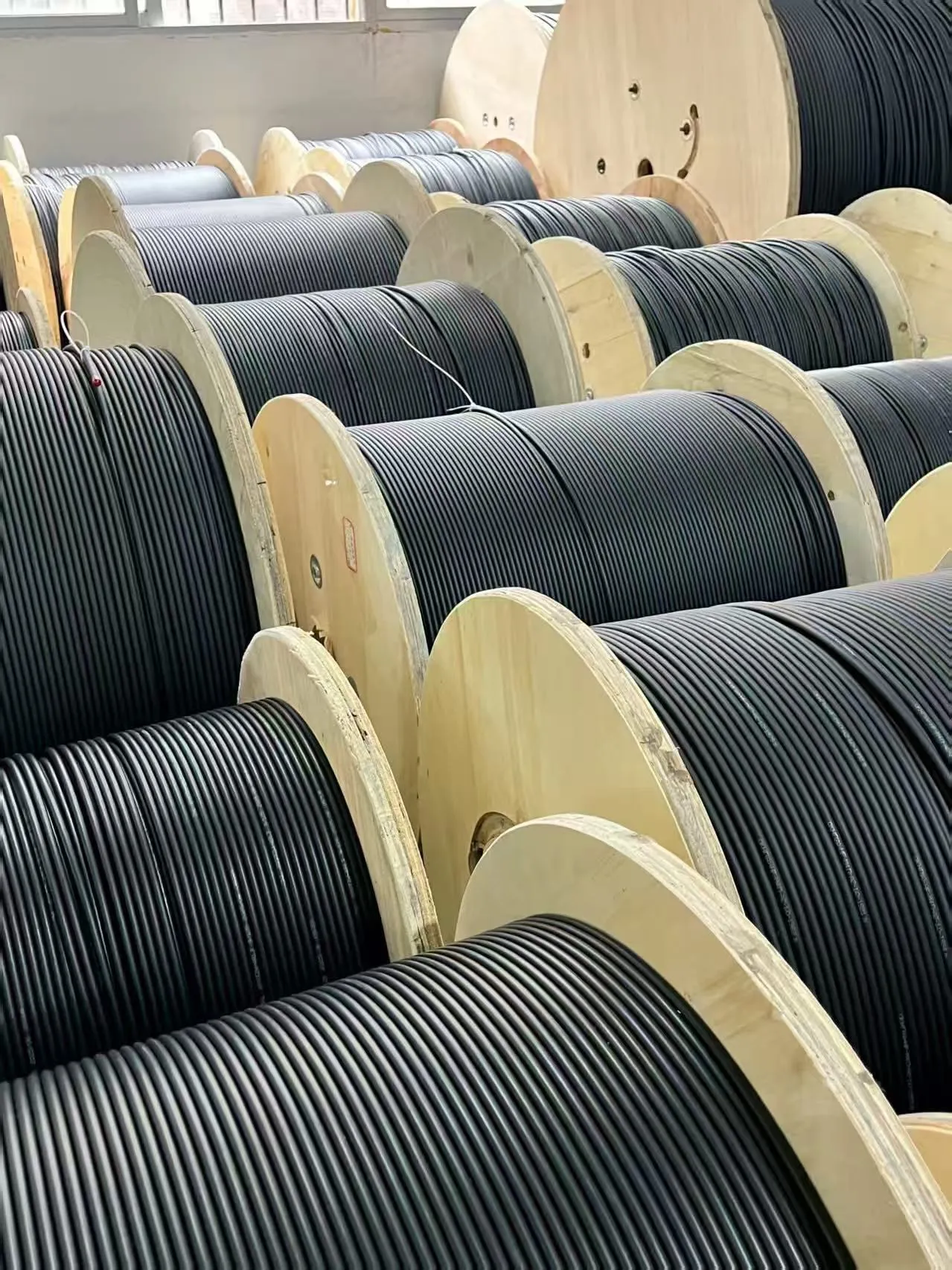
Cable trays typically have lower material and installation costs. Studies show up to a 30% reduction in combined material and labor costs compared to Electrical Metallic Tubing (EMT). For example, using galvanized steel cable tray reduced costs from $38,000 to $9,000 for a large installation, excluding cable-pulling expenses. Wire mesh cable trays can save 30% in labor compared to steel ladder trays, with total cost reductions up to 60% versus conduit systems. Conduits, however, incur higher material and installed costs, with the U.S. conduit market valued at $1.7 billion in 2004 compared to $200 million for cable trays, reflecting greater expense.
Cable trays are faster and simpler to install, saving up to 50% in installation time compared to conduit systems. Innovations like snap-together assemblies and adjust-to-fit couplings enhance efficiency. Conduits require labor-intensive cable pulling, particularly in large installations, and additional complexity in hazardous locations due to sealing fittings, increasing installation time and labor costs.
Cable trays offer superior flexibility, allowing easy cable additions or rerouting without significant rework, making them ideal for dynamic environments like data centers or industrial plants. Conduits, being fixed once installed, are less adaptable for complex configurations or frequent modifications, requiring costly and time-consuming alterations.
Conduits provide better physical protection due to their enclosed design, shielding cables from moisture, chemicals, or mechanical damage, with special coatings for corrosion resistance. Steel conduits reduce electromagnetic interference (EMI) by up to 95%, making them suitable for sensitive equipment. Cable trays, as open systems, offer less protection, which may be a concern in harsh environments like chemical plants. Conduits are preferred in hazardous locations for enhanced safety and compliance.
Cable trays facilitate easier maintenance and future modifications, with reduced risk of conductor insulation failures and better ventilation for inspection. For example, a cable tray repair took 2 days compared to 6 days for conduit in an Ohio chemical plant fire, with conduit requiring over three times the man-hours. Conduits, while protective, are less adaptable, potentially increasing maintenance complexity and costs for large installations.
Cable tray adoption is growing globally, with a 25% increase reported by one manufacturer in 2005 and a 14% annual growth rate from 1997–2004. They are widely used in Europe, Asia, and South America for power and datacom, and in 85% of Canadian industrial plants. In the U.S., conduits maintain a historical preference, particularly in chemical plants and oil refineries, with a $2.2 billion market in 2004. However, cable trays are gaining traction in U.S. industries like pulp and paper, reflecting a shift toward cost-effective solutions.
| Aspect | Cable Tray Advantages | Cable Tray Disadvantages | Conduit Advantages | Conduit Disadvantages |
|---|---|---|---|---|
| Cost | 30% lower material and labor costs vs. EMT; up to 60% savings with wire mesh trays. | Requires specialized tray-rated cables per NEC. | - | Higher material and installed costs; $1.7B U.S. market in 2004. |
| Installation Ease | 50% faster installation; snap-together assemblies reduce labor. | - | Color-coded, pre-lubricated conduits aid wire pulling. | Labor-intensive cable pulling; sealing fittings add complexity. |
| Flexibility | Easy cable additions or rerouting for dynamic environments. | - | - | Fixed design limits modifications. |
| Protection | - | Less physical protection in harsh environments. | Enclosed design protects against moisture, chemicals; corrosion-resistant coatings. | - |
| EMI Shielding | - | Limited EMI protection. | Reduces EMI by 95% with steel conduits. | - |
| Maintenance | Easier repairs (2 days vs. 6 for conduit); lower failure rates. | - | - | Higher maintenance complexity; 92% failures due to installation damage. |
For large installations, cable trays are generally more cost-effective, easier to install, and flexible, making them ideal for industrial plants and data centers. Conduits offer superior protection and EMI shielding, preferred in harsh environments like chemical plants or oil refineries. In the U.S., historical preference for conduits persists, but cable trays are increasingly adopted for their economic benefits. Selecting the appropriate system depends on project-specific needs, balancing cost, protection, and adaptability. Partnering with suppliers like Jianyun Cable ensures access to compliant cables optimized for both systems, supporting efficient and safe installations.
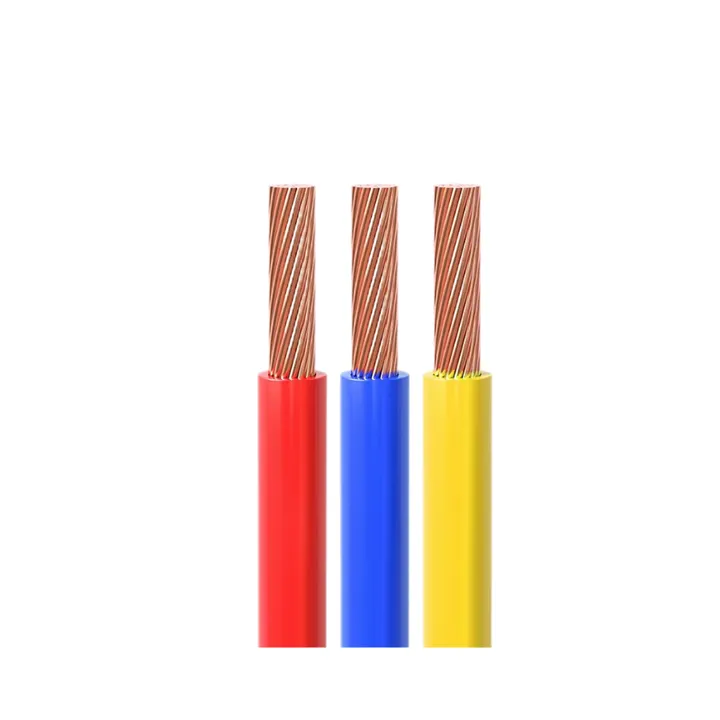
CE Certification 450/750v H07VVF Flexible Copper PVC Insulated Ac Cable 3*2.5 Mm
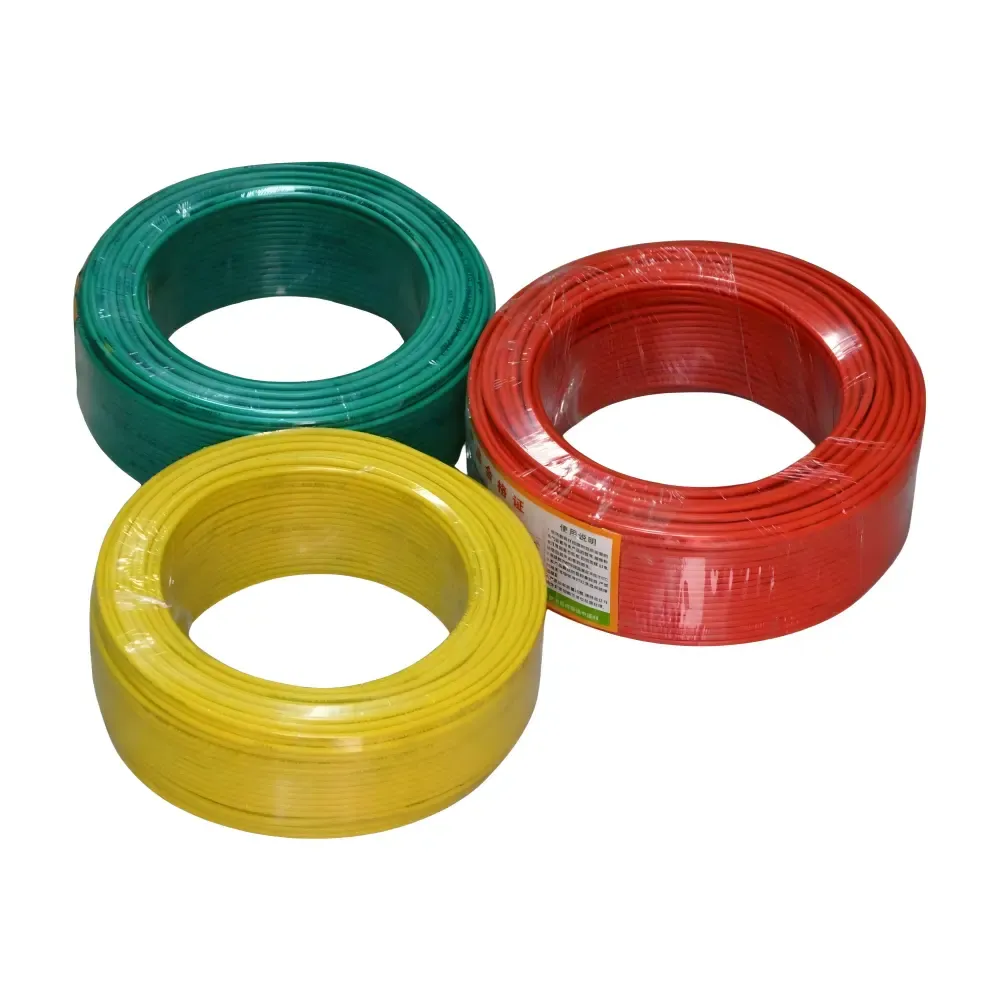
low voltage copper conductor PVC insulation underground BV BVR cable for industr
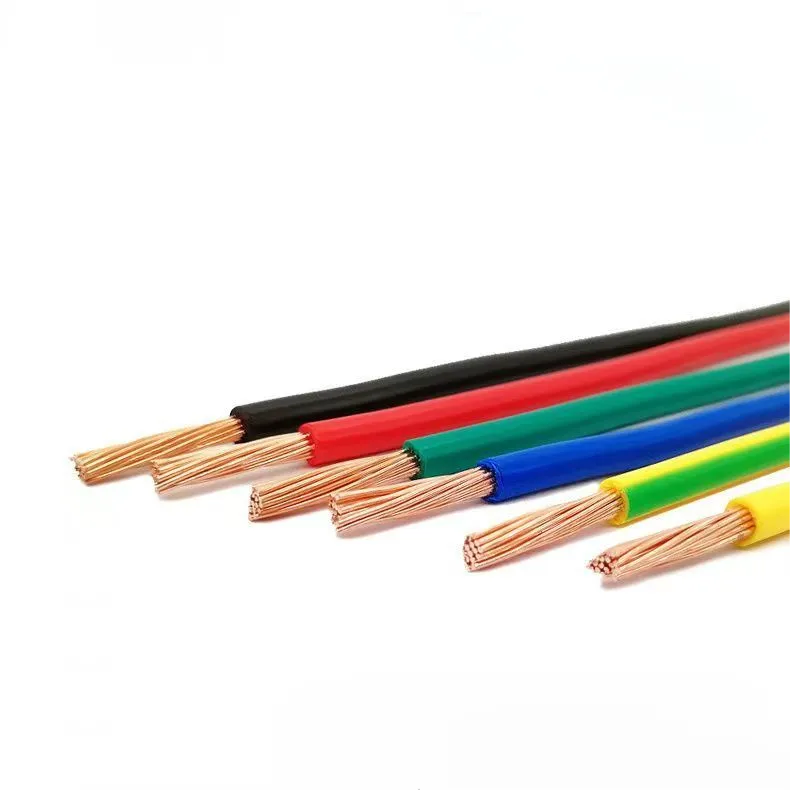
PVC electric wires are one of the most widely used electrical conductors in resi
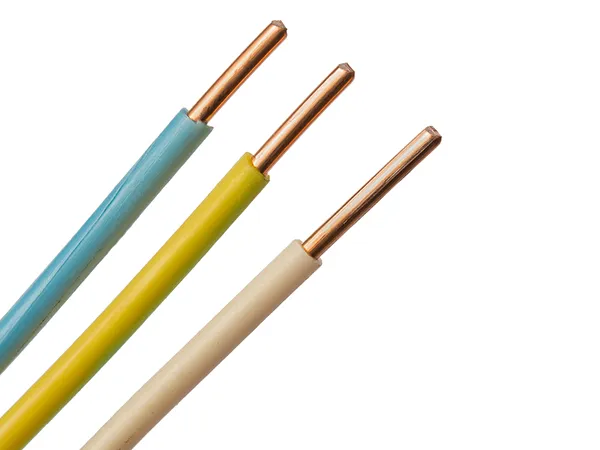
H07V-U wire is a flexible, low voltage electrical wire commonly used in industri